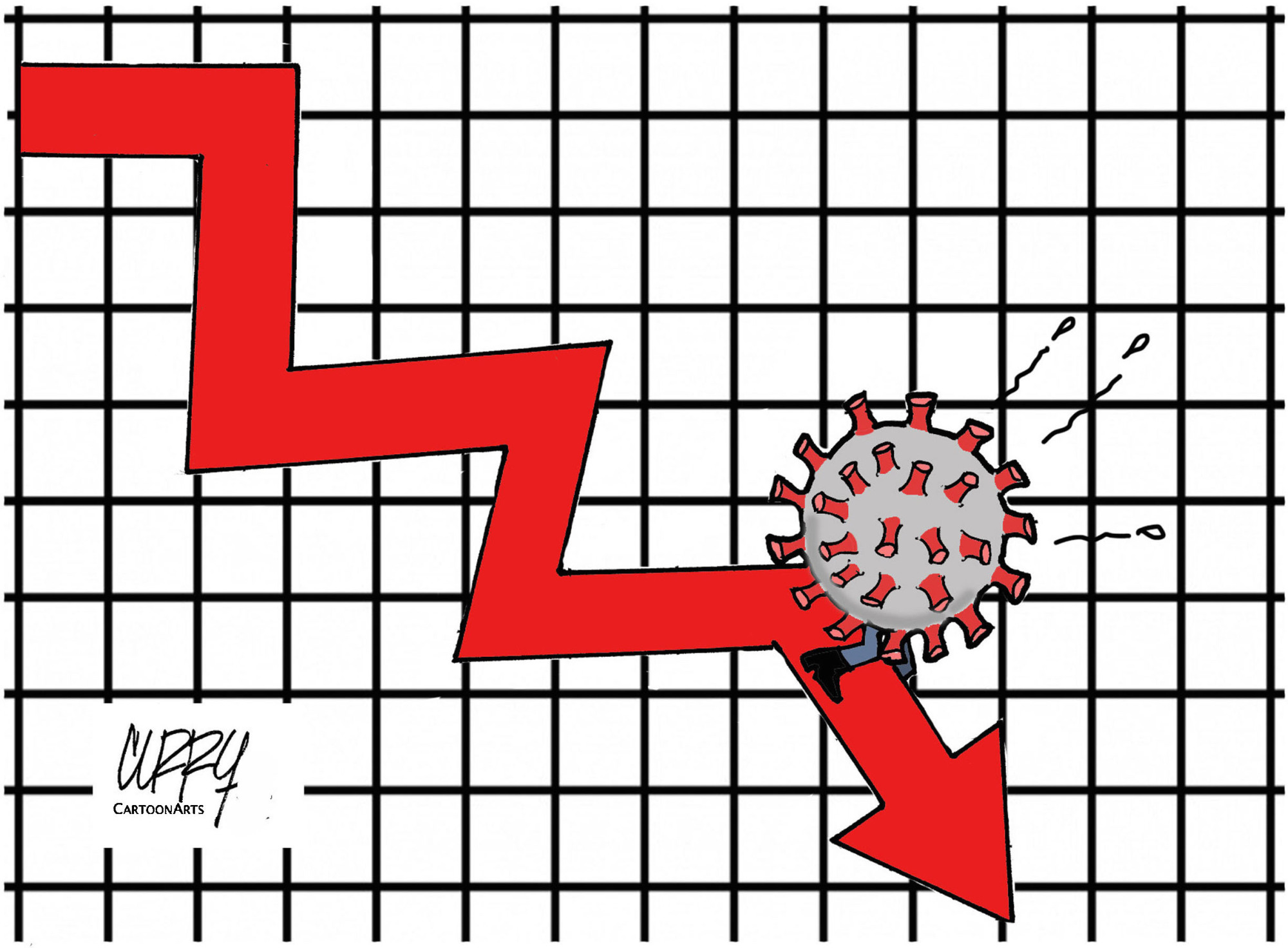Contrary to my initial expectations, the spread of the COVID-19 coronavirus around the world is not following the relatively benign trajectories experienced in China outside of Wuhan and Hubei province, and in South Korea, Singapore and the rest of Asia. Instead, across Europe — and very likely in the United States, too — the spread of the virus increasingly resembles the path it took in Hubei.
This threatens both medical and economic disaster. But while it may be too late for policymakers to avert a public health crisis, it is still possible to implement the fiscal and monetary measures needed to prevent an economic catastrophe. To do this, they will need to go much further than the monetary steps announced by the U.S. Federal Reserve and the Trump administration's proposals for untargeted tax cuts and cash handouts thus far.
Initially, I expected that the number of cases in European Union countries would converge toward the 10-100 patients per million seen in Asia outside Hubei, and that the U.S. might follow a roughly similar pattern. The fact is, however, that Italy, France, Spain and other EU countries are not experiencing the slowdown in the rate of change of acceleration (the second derivative of velocity, or the "jolt" in mathematical parlance), seen in Wuhan and the rest of China by this stage in the epidemic.


















With your current subscription plan you can comment on stories. However, before writing your first comment, please create a display name in the Profile section of your subscriber account page.